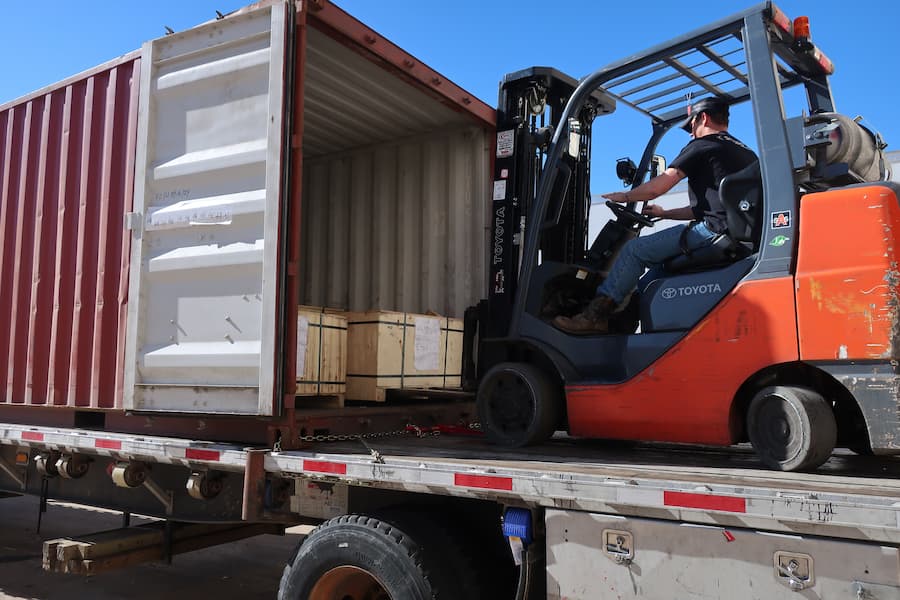Until recently, unassigned driving time wasn’t an issue. Drivers filled out their paper logs and that was that. Even carriers who used electronic logs didn’t worry too much about unassigned driving events. The time spent was usually not much, and just seen as part of the cost of business.
But the Electronic Logging Device (ELD) Mandate changed all of that. Now, the Federal Motor Carrier Safety Administration (FMCSA) requires each ELD to create a log anytime the vehicle is moved. Each of those logs must be assigned to a driver or other staff, and therein lies the problem. Every time someone moves the vehicle without logging into the ELD, that time is recorded and must be accounted for.
It’s a common issue. “The most aggravation I hear is, ‘We’ve got unassigned miles because the driver forgot to log out, the wrong driver logged in,’ whatever,” says Joe DeLorenzo, the FMSCA’s director of the Office of Compliance & Enforcement. “It’s a critical problem for many carriers and drivers, as it can often lead to violations. “Unassigned miles that show up on the roadside will cause problems,” says DeLorenzo, “and there’s going to be questions that are asked.”
In fact, auditors are especially on the lookout for unassigned driving events, since it’s a common way for drivers to operate past limits or fake breaks. Unassigned logs also show a lack of attention to detail, another red flag for inspectors. And though it may be the drivers who aren’t logging time, it’s the carriers who shoulder the final responsibility for assigning “mystery” time.
If you’re a carrier, these four simple steps can help you take the hassle out of unassigned driving time.
Step 1 – Build Awareness
Drivers are still getting accustomed to ELDs, and may be reluctant to use them. Utilize training and memos to remind drivers to:
- Make sure the ELD is in the vehicle before driving away.
- Check that the device’s battery is working.
- Always log in.
- Never move a vehicle when it is logged out.
Support staff also need to be reminded of their responsibility to log in whenever they move a vehicle for fueling, maintenance, repair, etc.
You may also need to alert drivers who are used to Automatic On-Board Recording Devices (AOBRDs) that ELDs do have categories for personal use and yard movements, which were unavailable with AOBRDs.
Step 2 – Investigate If Necessary
Sometimes determining who is responsible for unassigned driving time is as simple as asking the driver(s) who was assigned to the vehicle before and after the unassigned event.
If drivers deny that the time belongs to them, you should first review maintenance, fueling and repairs records to see if support staff may have moved a vehicle. If that’s not the case, find out if the vehicle was in a yard or facility where someone else could have moved it.
If still no one claims the time, and if a driver was up against a limit, you may have a case of deliberate omission and will need to talk to the driver further. Drivers may have good reasons for the time not logged—like extra unexpected driving, or they may be purposefully operating over a limit.
When you’ve determined who was responsible for the unassigned time, coach that driver (or support staff) so you can all can avoid the problem in the future.
Step 3 – Use the ELD’s Documentation Feature
“Encourage your drivers to use those edit and annotation features whenever something unusual happens,” says DeLorenzo. Those notes will show up during inspections and help to account for the unassigned time. As a carrier, you can also make notes, and you should, especially if you have not been able to assign the time to a particular driver. Instructions for the edit and annotation features are usually available on your ELD manufacturer’s website, and/or representatives can provide information and training.
If for some reason certain personnel have access to vehicles but no way to log into an ELD, consider setting up a separate reporting system that will address any vehicle movements, so that you don’t have to investigate each occurrence.
Remember that it is ultimately you the carrier who is responsible for documentation. Make sure to either assign the time, or write a comment as to why it could not be assigned, and file the notes. According to the FMCSA, “the motor carrier must retain unidentified driving records for at least six months as a part of its hours of service (HOS) ELD records and make them available to authorized safety officials.”
Step 4 – Repeat Daily
It’s critical that you stop unassigned driving events as quickly as you can. Not only do you want to avoid letting investigations pile up but you also want to nip the behavior in the bud. Some of the events may be caused by drivers trying to falsify records, and the longer you let it continue, the longer it will. Everyone needs to know that you are on top of the issue and will not let it pass.
We’re on top of things at Next Exit. In fact, we’re known for our white glove service, solving your critical transport issues with just a call to us. We specialize in heavy equipment transport and mission-critical delivery and earn the trust of our clients with efficiency, transparency, and security. In addition, we understand how to handle freight services for unusual, oversize, or overweight shipments and are certified to arrange the shipment of hazardous materials. To learn more about our services, call Next Exit Logistics at 866-624-2661 or contact us via email.




